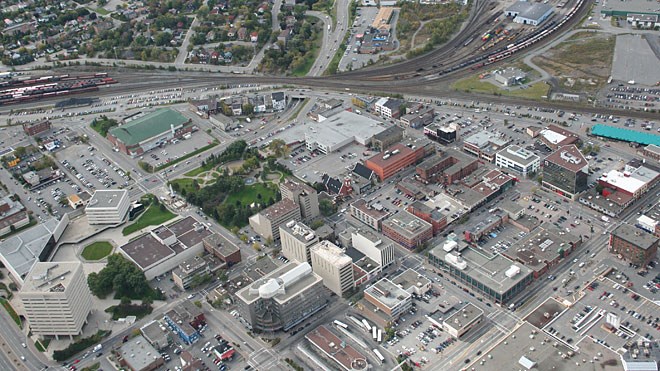Higher property taxes, ballooning wages for municipal workers, more long-term debt and likely long-term resentment that promised savings and services never materialized — these are what municipal amalgamations have wrought in Ontario, says a new report from the Fraser Institute.
This morning, the institute released a study, appropriately titled Municipal Amalgamation in Ontario, of how municipal amalgamations of the 1990s affected three regions in Ontario. And while Greater Sudbury wasn't among them, anyone who's lived through amalgamation can find the parallels.
Download a PDF of the study here.
The study compares pre- and post-amalgamation financial indicators in the amalgamated communities of Kawartha Lakes, Essex Township and Haldimand-Norfolk relative to comparable un-amalgamated communities.
So what did the study find?
- - In Haldimand County, property taxes increased 50 per cent;
- - In Kawartha Lakes, municipal employee compensation increased 52.8 per cent; and
- - In Norfolk, long-term debt increased 111 per cent.
Basically, the Fraser Institute says the amalgamations in the 1990s failed to deliver the cost-savings and efficiencies promised for both large and small cities. It says data shows that in both amalgamated and unamalgamated communities, costs went up in very similar ways between 2000 and 2012.
"In the late 1990s, the government of the day wanted to consolidate municipal governments in an effort to reduce waste and lower property taxes. While that may have been a laudable goal, it's become clear that those benefits never materialized," said Lydia Miljan, Fraser Institute senior fellow and co-author of the study.
"If amalgamation had in fact led to cost savings and lower property taxes, then one would expect an amalgamated municipality's financial indicators to exhibit a downward trend over time, at least in the initial years of the amalgamated community. That didn't happen.”
While there's a plethora of research about the shortcomings of amalgamation in Ontario's big cities, Municipal Amalgamation in Ontario examines the experiences of some of the province's rural communities to see if cost savings were achieved when smaller municipalities were amalgamated.
But why didn't it work? The Fraser Institute chalks it up to poor planning on the part of the province. By forcing municipalities to do it and do it quickly, communities scrambled to meet provincial government deadlines that resulted in bad deals and poor execution.
It cites Haldimand-Norfolk's experience as an example.Because there was not enough time to negotiate new labour contracts with the public sector, the report said the new municipalities agreed to harmonize wages upwards — kind of a strange way to save money.
And in an experience Sudburians in more rural, outlying communities know very well, when rural areas were amalgamated with urban areas, residents demanded similar services and amenities that had been available in more urbanized communities.
Sometimes they got them — though many in Greater Sudbury would argue promises for more and better services weren't kept — but often at a cost. Essex, for instance, saw its long-term debt increase by 41.5 per cent, because it had to spend a lot more money on recreation facilities.
The Fraser Institute is an independent, non-partisan Canadian public policy think-tank.
